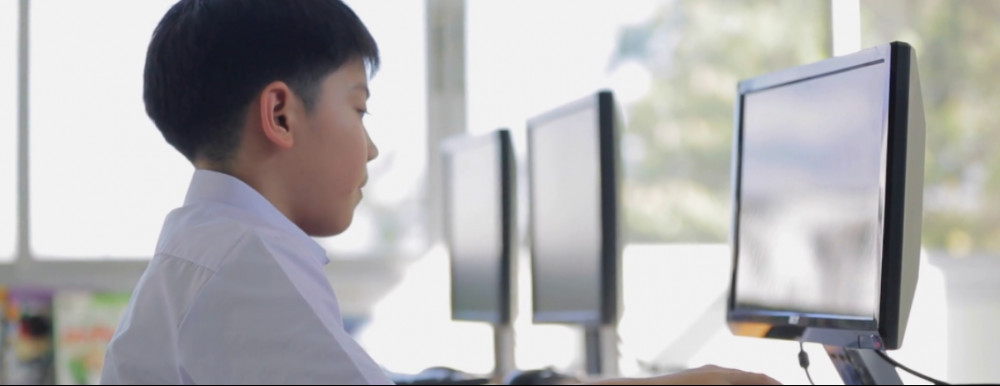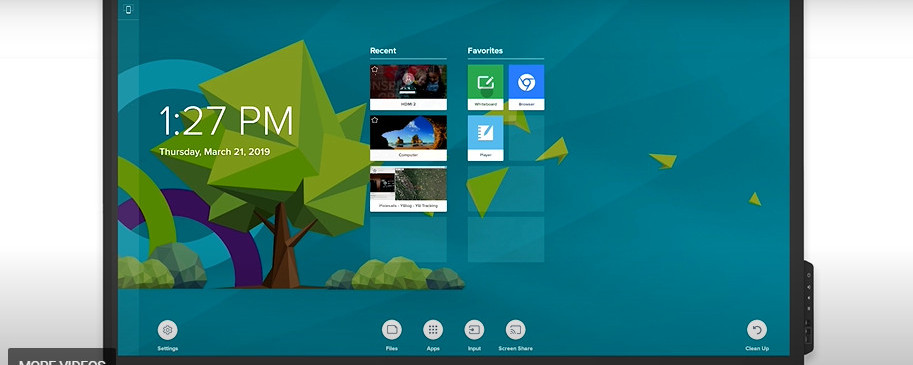So You Want To Be an ESL Teacher.
This is not the sort of career that you sit down when you are 12 o 13 and think, wow, I want to be an ESL teacher. But for whatever reason you have chosen to be an ESL teacher, this will show you how it can be done.
There are a few different ways you can become an ESL teacher as not all schools and not all countries demand that you have a University degree. And even those that require a degree can be pretty flexible in their approach to what degree is relevant. I have seen people with degrees in non-related topics that are accepted for a teaching job.
However, I will give you what is considered by most countries as needed for this position. And I will also show some alternatives to the traditional approach.
What is The Job About?
Being an ESL or EFL teacher can be an immensely satisfying job, but don’t expect the salary to be extraordinary. ( I will talk more about salaries soon.) ESL or English as a Second Language or EFL, or English as a Foreign Language are the acronyms you will become most used to seeing.
Teachers of English as a Second Language (ESL) assist non-native English speakers in learning to speak, read, understand, and write the language. They may work at language academies, public or private schools, or out of their homes or the homes of their students, giving private lessons.
ESL Teachers Responsibilities.
The objective of an ESL instructor is to instruct and guide pupils who are learning English as a second language. ESL instructors frequently employ a real-world setting to help their students better understand the language’s intricacies. When interacting with pupils from other cultures.
ESL teachers need to be flexible, inventive, and attentive to the expected cultural variations. Teachers of English as a second language frequently serve as mentors, counselors, and liaisons for families and students who are just settling into a new location.
All grade levels (K–12) of students may be served by ESL teachers in the public school system. They frequently remove ESL students from the regular classroom and place them in a separate space where they can work with them in small groups or one-on-one to develop their English abilities. These small groups may include English language learners of various ages and grade levels who all require assistance with their language skills, depending on the size of the school.
This does not always happen. I have been in classes with 50 students that learn on a regular basis with limited resources. If nothing else, ESL teachers need to be flexible and able to think on their feet. It can be one of the most mentally challenging jobs out there. But when you have had a great day, you will feel like a “rock n roll” star.
But do not think all students who wish to learn English as a second language are K-12 or learn only through a private schooling system. As different as the student and their needs are, there are different ways to teach the student for their skill levels and age.
Who Will You Be Teaching?
One, amongst many, things I enjoy about teaching ESL is that after a while you can have a better choice of who you wish to teach. Depending on which schooling system and country you teach in will determine who you teach.
Let’s look at a few alternatives. First, if you are teaching in a public school system for children you can expect to be teaching K-12 and everything that comes with it. The good and the not-so-good, depending on your outlook. Teaching younger children can be extremely rewarding but should be mixed up with games and a lesson plan that takes into account a reduced attention span for learning. Read more about “How to teach ESL to Kids“
If you are teaching older children or teenagers in the public school system your approach will be different again. And you will also have a different curriculum if you are teaching in an academy. But teenagers need to be taught differently from children and adults. You can read more here. “How to Teach ESL To Teenagers”
And, age group-wise, adults will normally be taught in a private school or a private lesson situation. Some companies will also arrange for lessons to be conducted in-house or at a place that is suitable for everyone. I have even rented out rooms in coffee shops that can be used as a temporary classroom. You can read more about teaching adults here at “How to teach ESL to Adults.”
While you can change throughout your career as an ESL teacher, it is a lot better if you choose the age groups that you wish to teach first. But try a few lessons with each age group first. Because what you believe may happen in the classroom is probably different from what you will experience. Remember, a good teacher is a happy teacher.
What Qualifications Do You Need?

The 1990s and thereabouts have gone and so has the more laid-back approach to teaching ESL and EFL. In the days when you could jump off a plane in a foreign country, like Thailand or Vietnam, and start teaching English the following week have long gone.
These days most countries have a more stringent approach. But there are still some places that are open to a less rigorous educational background. Some of the Asian destinations are prime examples.
Ideally, you will have a 4-year bachelor’s degree that is teaching or linguistic focused. When you start applying for positions make sure you have transcripted copies of your degree ( and your other paperwork) as you do not wish to hand over any originals.
On top of your degree, you will need an English Teacher license. You will find most Universities are more than willing to provide a course that will give you an English teacher’s License. At the end of the day, employers will not differentiate between a university or private course.
Udemy, as per my side banner, provides TEFL teacher training courses. You can also find a little more information here in my post “ESL Teacher Training”
The advice I would give here is to look online at the country you have chosen to teach in and see what teacher training is offered. Only because most teacher training schools will have contacts with schools within their own country that may make getting a job easier and quicker
What can I make?
Most information as soon as it is posted is out of date. And when it comes to salaries it is, in my opinion, doubly so. However, I have used some information provided by The International TEFL academy to give you a quick rule of thumb.
I have been teaching in Vietnam now for 15 years and have 2 English schools. I have worked in private companies and public schools and have taught all levels of students.
Source; International TEFL Academy.
The amount that is shown here is an indication only of what you can make. If you are ambitious and have a passion for teaching your business will be exponentially better than the figures shown. Likewise, if you hate teaching and do minimum work your salary may be less. You can find more salary information here about “ESL salaries“
Final Thoughts.
Teaching English overseas is a truly wonderful way to see the world and find out what people are like in their own country. The job itself is both challenging and rewarding. Without trying to sound cliched, you will be pulling your hair out one day and cursing your choice of jobs. The next day when things click you will feel like that rock star I talked about before.
Yes, you can make a great living if you are prepared to adjust to a different lifestyle and work while others are partying. And you will meet some great people. Teaching EFL in another country may mean that your new friends come and go. A lot of teachers use teaching EFL as a passport to travel the world, so while you meet a lot of new people, old friends become scarcer and scarcer.
In my opinion, the lifestyle of an ESL teacher is extremely rewarding and the positive input that you give to your students’ lives is second to none.
Stephen.
Any or all links on this site may be affiliate links, and if you purchase something through those links I will make a small commission on them.
There will be no extra cost to you and at times due to my affiliation, you could actually save money.
You can read our full affiliate disclosure here.















































